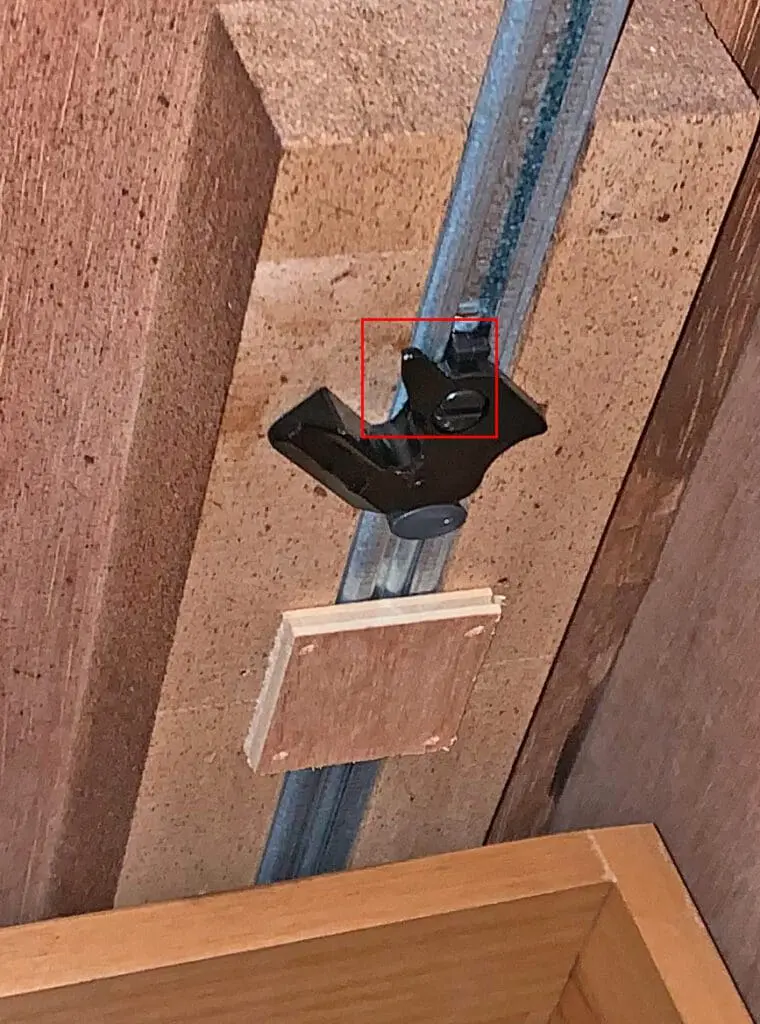…involved in designing and determining the budget for building, my bookcase, greetings!
Engineer
- If you thought creating a drawer-locking design which had a hidden mouse-trap in it was a reasonable thing to do please turn in your degree and your professional credentials to their issuing institutions. Because you’re a nitwit.
- If you pointed out making a teeny-tiny part out of plastic, rather than metal, might save a fraction of a cent in production costs but created a situation where a multi-hundred $$ product could be accidentally rendered non-functional and yet acquiesced in your company’s financial decision to save money, please spend a minimum of 30 minutes pounding your head into a wall. Preferably a brick one with lost of pointy bits sticking out of it.
Financial Analyst
- If you argued against making that teeny-tiny part referred to above out of metal, rather than plastic, to save a fraction of a cent in production costs, please have someone commit you to the nearest home for the feeble-minded. Don’t try to do that yourself, you’re not smart enough to handle it.
Details
Here’s the part in question, with the relevant piece of that teeny-tiny part boxed in red:
If you accidentally apply a bit too much force when you re-insert the drawer — and the plastic thing happens to be slightly out of position — you’ll risk breaking off that small tip of plastic in the red box. Which, because of how the safety interlock intended to keep you from opening both drawers of the bookcase simultaneously works, will make the lower bookcase drawer impossible to open regardless of whether the upper drawer is stowed or extended.
The “solution” involved cutting off part of the plastic piece (on the one that got damaged on the other side of the bookcase enclosure, not the one pictured). That made the safety interlock on that side inoperable…but given that there are two of them, one on each side, it seemed like an acceptable but not good solution. And better than throwing out the entire bookcase!

